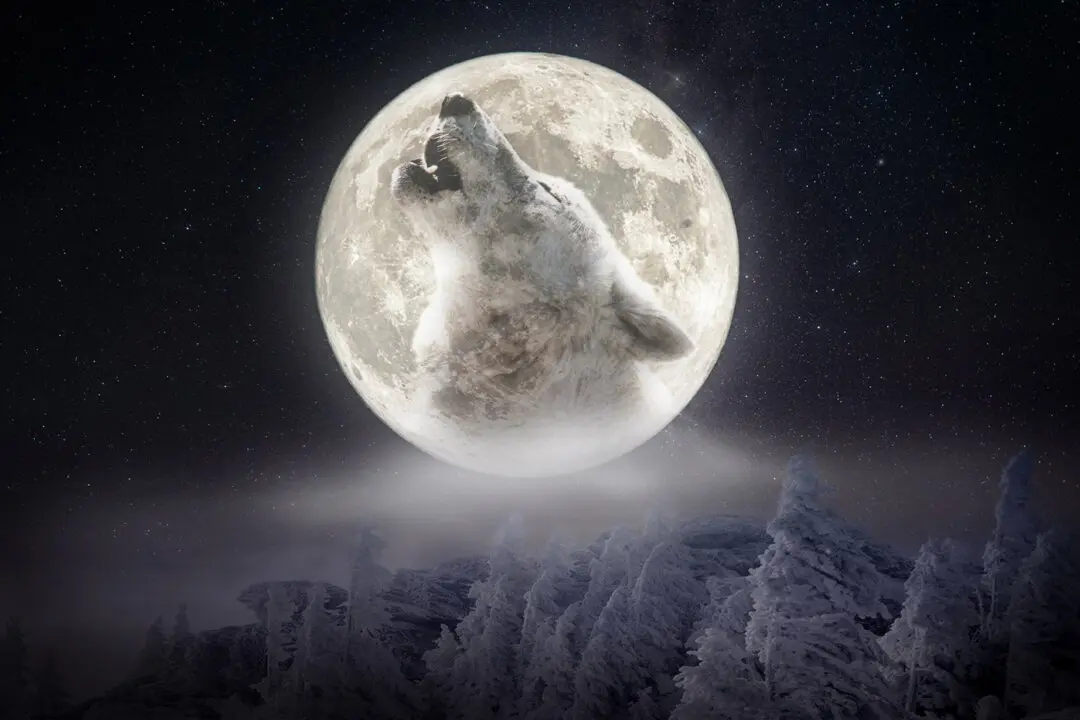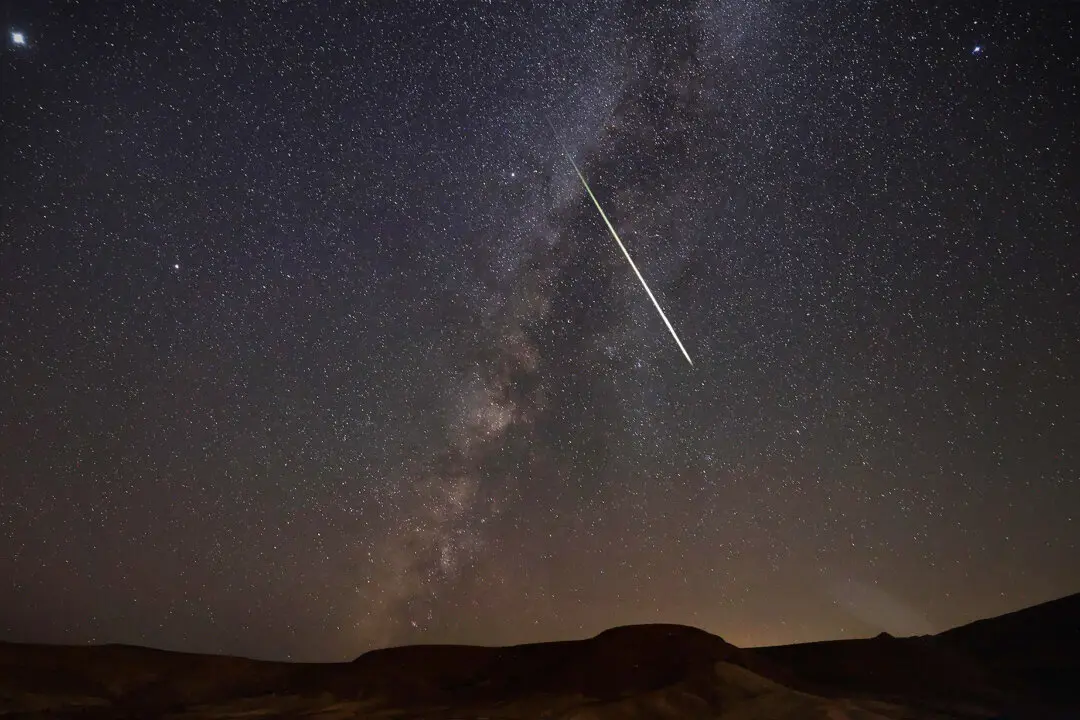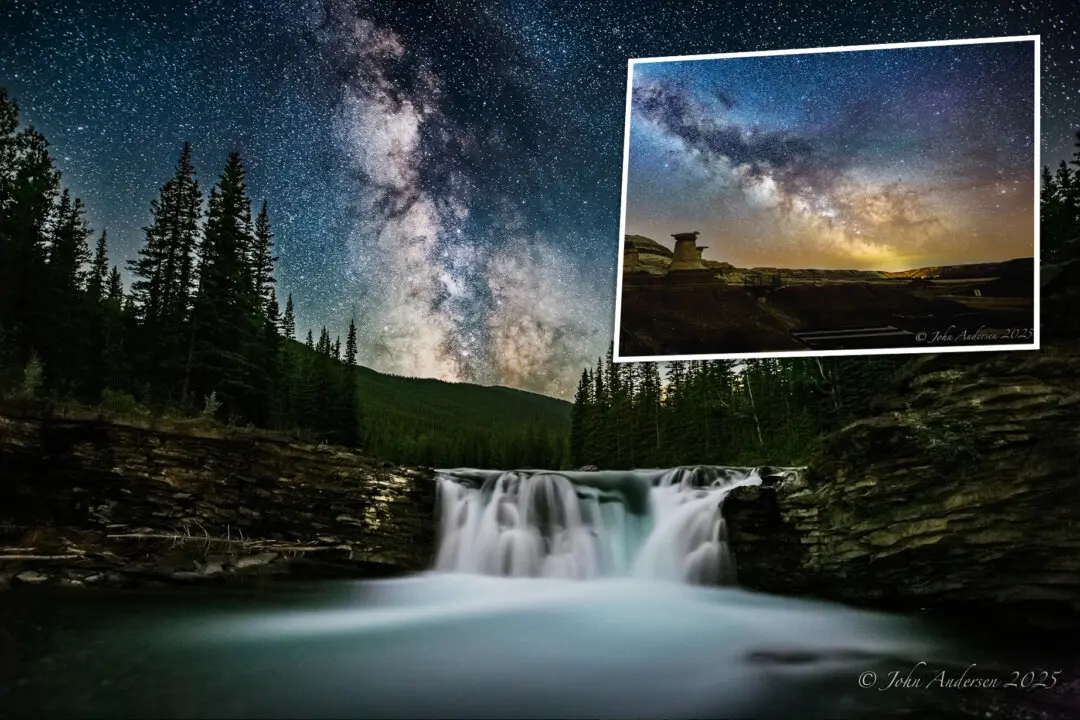It might not be obvious just yet, but there are already signs that we’re nearing the end of the winter season.
Besides clear indicators such as longer daylight hours and the appearance of migrating birds, the March full moon—the Worm Moon—will soon tell of critters thawing below ground and in the bark of trees.





